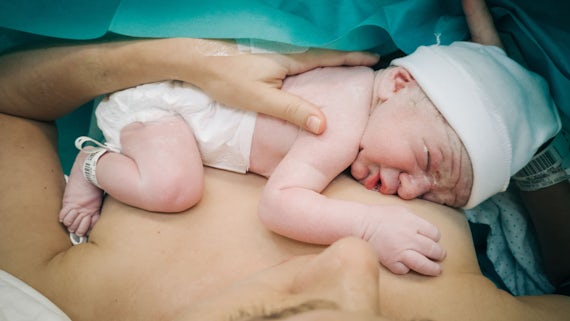Keith Harding

My interest in wound healing was ignited when I was a medical student. Since then I have followed a very unconventional career pathway.
As a final year medical student in Birmingham I was allowed to spend three months trying to show if anticoagulation influenced wound healing. Though the results of the research showed no adverse effect, I had been bitten by the bug.
After qualification I returned to Cardiff. A previous Professor of Surgery, Les Hughes, had set up a wound clinic in the University Hospital of Wales. Opening in 1972, it undertook clinical evaluations of a new wound product he had invented. Professor Hughes needed someone to coordinate the clinical research and care for patients with wounds and, as a result of my experience as a student, I volunteered to take on this role.
I became aware of the extent of the clinical problems associated with wounds. To my surprise, I found that the academic basis on wound healing was very slim and that patients struggled to find clinicians with expertise. I moved into general practice and continued to look after the clinic on a part-time voluntary basis for 10 years. At the end of this time I was the senior partner in an inner city practice and the postgraduate organiser for the hospital.
The next unusual step was a six-month sabbatical to review wound healing and medical education in North America. It allowed me to realise that we had a large clinical practice treating patients with wounds but limited academic activity in terms of teaching and research. My suggestion was that the University Department of Surgery set up an academic group to develop this area of clinical practice.
"The team of colleagues I have had over the past 25 years have been the major reason for our success and I am proud to have worked with them."
The Wound Healing Research Unit opened some 25 years ago. Since that time we have developed the first master's course in Wound Healing, the first disease specific Quality of Life tool for chronic lower limb wounds and been awarded a number of patents (including a gene signature that predicts which wounds will heal and a number of therapeutic agents that may assist healing).
We have worked with over 60 companies, undertaken 200 clinical trials, won national prizes for the hospital and set up a number of University initiatives and societies, such as the Cardiff Institute of Tissue Engineering and Repair and the European Pressure Ulcer Advisory Panel.
Our growth was sustained over many years, but more recently it started to slow. We realised we needed to try to set up an all-Wales approach for us to maximise our opportunities and improve the clinical care of patients. In September 2014 we opened the Welsh Wound Innovation Centre (WWIC) in Llantrisant. It is the first national wound centre in the world and is designed to coordinate academic and clinical care of patients with wounds across Wales.
Coordinating activities allows us to support existing wound businesses in Wales, which provide around 2500 posts, while also acting as a magnet for the investment that allow us to claim Wales as a global centre in wound healing. WWIC also has the ability to improve healing rates through targeted education and training.
We are already seeing the benefits of this approach, with the first national audit of wound patients demonstrating that 6% of NHS spend in Wales is on wound problems. We are also seeing interest from countries including Australia, Canada and Singapore, all of whom want to replicate our model.
I feel privileged to have had the opportunity to do something different. The recent increased focus on innovation in the University and the Health Board has allowed me to have a living lab of clinical innovation that forms part of an exciting major initiative in the University.
Our research creates benefits across health, society and the economy.
